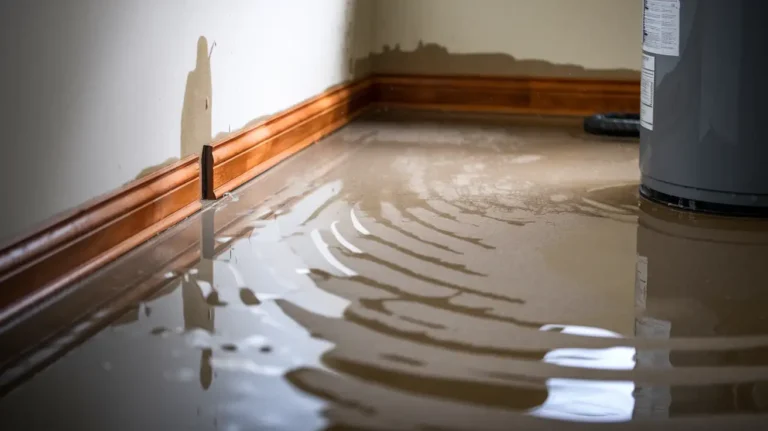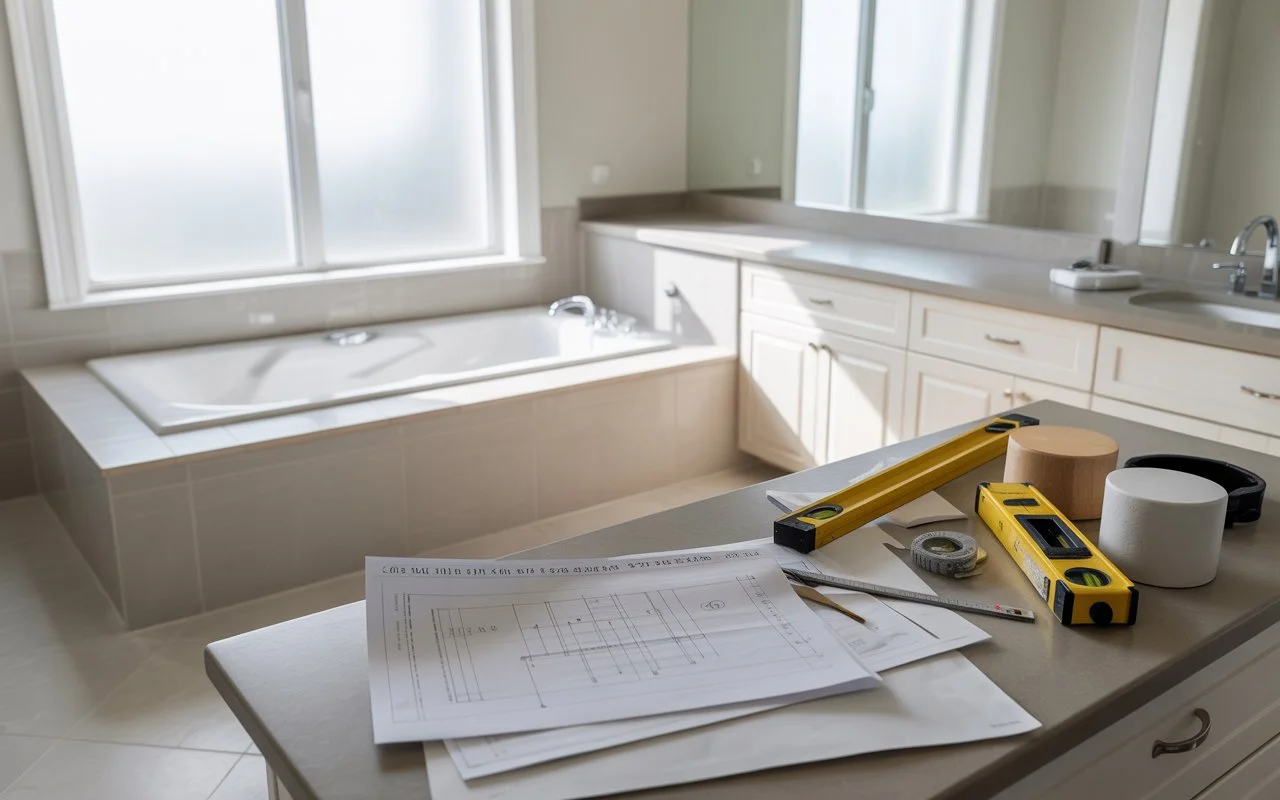Spoiler alert: It usually doesn’t start with a dramatic flood scene or ceiling waterfall. Nope. Most of the time, water damage is sneakier. Think discolored walls, musty smells, and paint bubbling up like it’s trying to escape. So, if you’re asking, what does water damage look like? — the short answer: it’s messy, smelly, and sneaky. And yeah, it can get worse fast if you ignore it. Especially here in San Diego, where water intrusion isn’t always from storms — sometimes it’s just a cranky old pipe.
Table of Contents
When it comes to water damage on your walls, look for the following signs:

Let’s get real. Water damage rarely screams for attention. It’s more of a quiet disaster — one that creeps in and makes itself at home.
Here are the most common signs to look for:
- Peeling or bubbling paint – If your walls look like they’re having a bad skin day, it might be trapped moisture underneath.
- Yellow or brown water stains – These splotches often show up on ceilings or high up on walls and usually mean there’s a leak somewhere above.
- Soft or warped drywall – Give your wall a light tap. If it sounds hollow or feels mushy, that’s not normal.
- Musty odors – That weird basement smell? Yeah, it doesn’t belong in your living room. Musty smells usually mean mold or mildew is starting to form.
- Mold growth – Spots of black, green, or white fuzz = trouble. Mold loves moisture and poor ventilation.
FYI, homeowners in San Diego often ignore these signs because we don’t get hit with extreme weather often. But water intrusion can still sneak in through leaking roofs, old water heaters, or badly sealed windows.
Signs of Water Damage in Walls

Okay, so now you’re looking at your walls and thinking, “Wait… was that always there?”
Here’s how to tell the difference between minor cosmetic issues and actual water damage:
- Cosmetic signs: Small surface cracks or fading paint. Annoying? Sure. But not urgent.
- Structural signs: Now we’re talking bulging drywall, growing cracks, or parts of your wall literally damaged by water.
San Diego homes, especially near the coast, are no strangers to high humidity. That means small leaks can stay hidden longer. Watch out for:
- Sagging drywall
- Cracks with discoloration
- Hollow or squishy sounds when you knock on the wall
Early signs of water damage in walls are easy to miss unless you know what to look for. And no, you’re not being paranoid for checking twice.
How Long Does Water Damage Take to Show?
Short answer: It depends.
Longer answer: It depends on where the leak is, what materials are affected, and your local climate (hello, San Diego!). But here’s a basic idea:
Minutes to hours:
- Water starts soaking into carpets, baseboards, and drywall.
Hours to days:
- Warping begins. Materials start breaking down.
Days to weeks:
- Mold moves in. Welcome to your very own science experiment. :/
Timeline varies based on:
- Material – Drywall absorbs fast. Concrete? Not so much.
- Location – A leak behind a wall? Hidden and dangerous.
- Source of water – A burst pipe causes damage a lot faster than a slow drip from a washing machine.
So yeah, a leak today could be a nightmare next week. Don’t wait.
What Can Water Damage on a Ceiling or Wall Indicate?
You’re staring at that brown spot on your ceiling like it’s about to confess something.
Here’s what it might be trying to tell you:
- Leaky roof (especially after rare SoCal rain)
- Pipe burst or slow plumbing leak
- Faulty HVAC system dripping where it shouldn’t
- Overflow from the upstairs bathroom
In older San Diego homes, we often see water damage walls and ceilings caused by outdated plumbing or bad ventilation in the attic.
Why this matters:
- Moisture leads to mold growth
- Wood rot = structural issues
- Water near outlets = electrical danger (not fun)
Don’t ignore the signs. That “meh” little stain might cost you thousands if you brush it off.
Trust San Diego Home Remodeling for Water Damage Restoration
Alright, you’ve found a few water damage signs. Now what?
Here’s where we come in. At San Diego Home Remodeling, we don’t just patch things up — we solve the problem at its source.
With our Water Damage Restoration Services, you get:
- Fast response to minimize damage
- Local pros who understand San Diego’s building codes and moisture challenges
- Clear, upfront estimates
- Honest answers (no BS)
If you’re seeing any signs we talked about, don’t wait until it gets worse. Contact San Diego Home Remodeling and let us handle the dirty work.
FAQs
How to tell if there is water damage?
Here are some common signs of water damage in walls and ceilings:
- Discoloration or stains
- Musty odor
- Peeling paint
- Warped walls or ceilings
- Visible mold or mildew
How do you describe water damage?
When talking to a pro or filing an insurance claim, describe:
- The affected areas (wall, ceiling, floor)
- Type of damage (“soft drywall,” “bubbling paint,” etc.)
- Smells, stains, or sounds
Example: “There’s a yellow stain on my ceiling and the wall feels damp.”
What does active water damage look like?
- Ongoing drips or leaks
- Wet patches that spread
- Paint bubbling as moisture builds up
- Musty smells that keep getting worse
Active damage = act fast!
How to check if water is bad?
If you’re asking about drinking water, here’s the deal:
- Smells weird?
- Looks cloudy or rusty?
- Tastes funny?
You might have cold water damage, physical description issues, rusted pipes, or something worse. Test kits help, but always call a pro for peace of mind.







